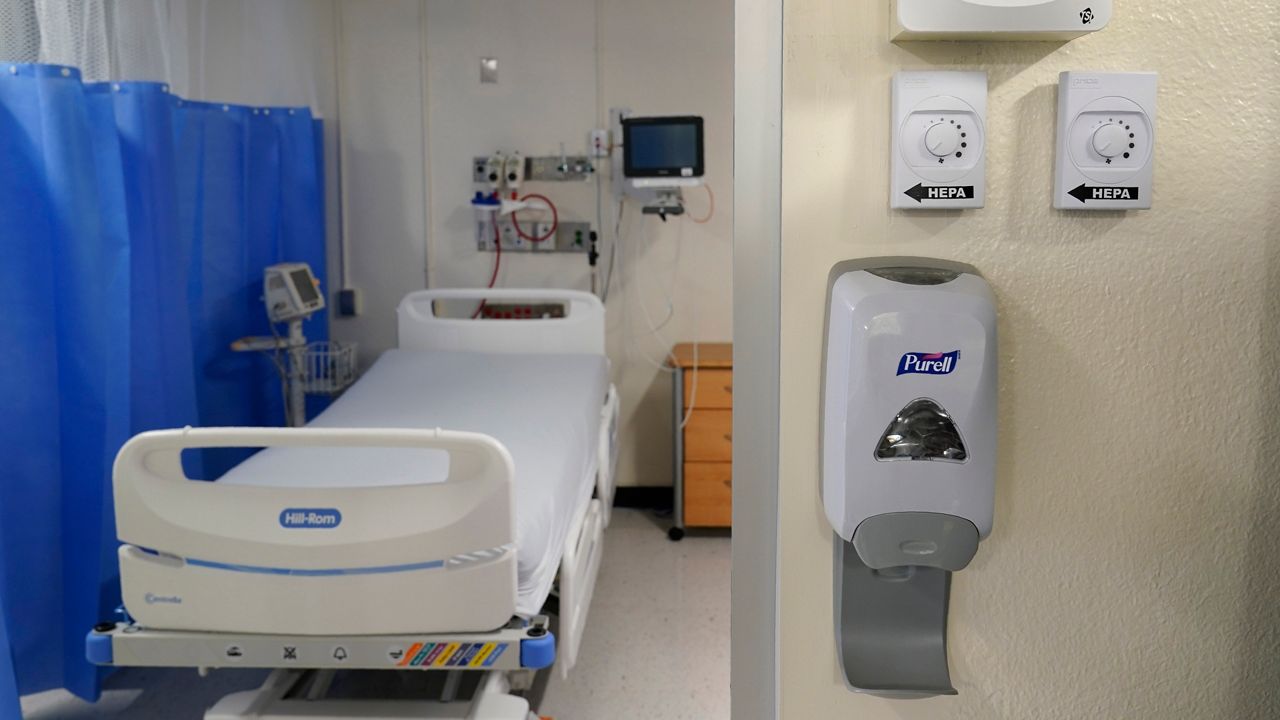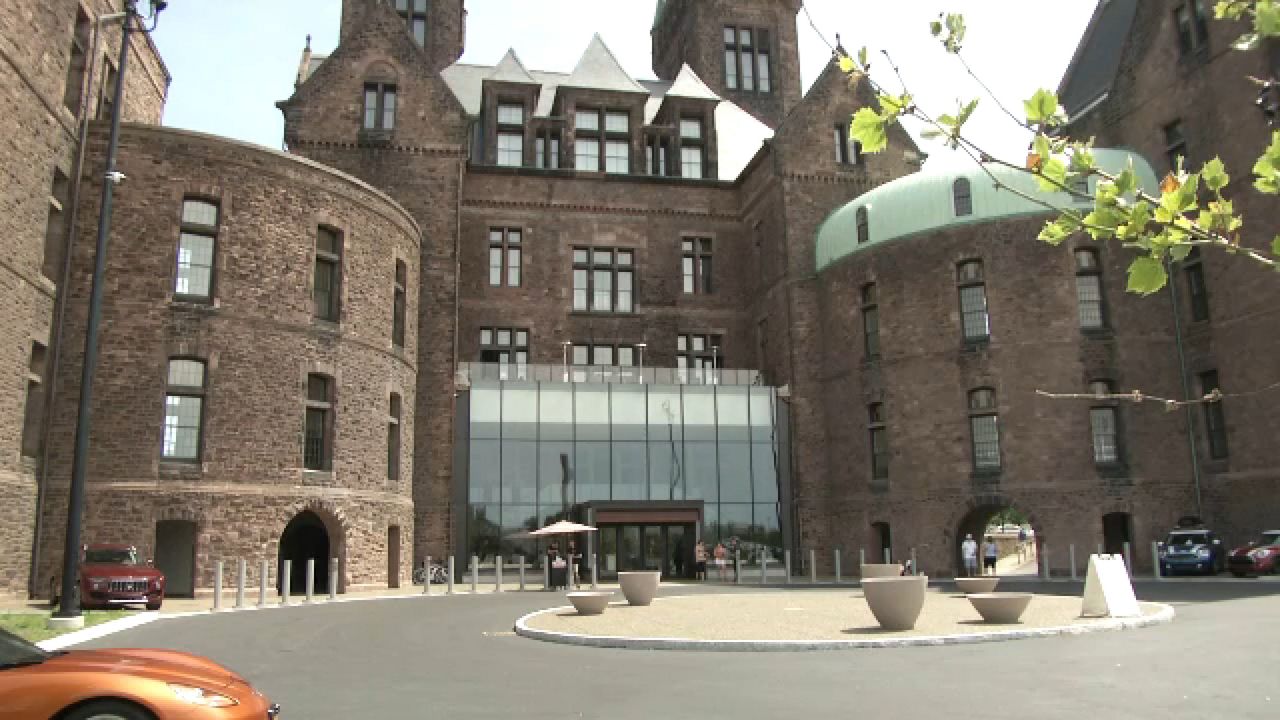BUFFALO, N.Y. — On July 28, a Gorgosaurus fossil, a relative of the T-Rex, hits the auction block in New York City. It’s going for $5 - $8 million. This sale got us wondering how in the world do you keep a dinosaur, or any other historic specimen for that matter? We took that question to the Buffalo Museum of Science.
When you walk into the Buffalo Museum of Science, you meet Stanley. Then, on the third floor, you can meet Geology Joe. He’ll teach you a thing or two about rocks in general, or the ones you bring from home. But this story is about what lies behind this door on the fourth floor.
"Hmm, how do you keep a dinosaur?" Kathryn Leacock, the deputy director at the Buffalo Museum of Science asked. "Well, you have to have your floors reinforced, that’s for sure! And that’s what people don’t realize about fossil material, is this shear weight of it."
Leacock points to parts of an Apatosaurus leg as an example.
"It sustained this damage here because it was crashing itself on her, its own weight, so we took it off exhibit," Leacock pointed.
Besides reinforced floors, Leacock said you’ll need to find a really good metal worker.
"The metal armature that is required to articulate a specimen, you’re really don’t think about it," she said.
Then there’s climate control.
"Depending on where you are in the building, we're able to control it at different levels," she said.
There are about a half a dozen of these around the museum. Most are on the fourth floor, where roughly 750,000 items are stored for safe keeping and study.
"And then we have a big one, which we call our air handler, but it’s the main one for the whole building," Leacock explained.
Cleaning is delicate task. It takes place at the museum annually. Pest control and air filtration keep the specimens we see looking spectacular. For smaller taxidermy, it’s as simple as an anti-static cloth, with no perfume, and a Q-tip to the eyes.
"We have a HEPA filter vacuum that has adjustable speed," Leacock said. "So it’s not like your vacuum at home, and what we do, is essentially through a window screen."
That protects the hair or any bedding on the item. For fossils, antistatic cloths do the trick.
"What you don’t want is anything that has a pile on it, because the fibers will get stuck in the fossil," Leacock continued.
With all this TLC, you also need passion, and a lot of it, as well as education.
"Our collections professionals have a well learned, deeply studied, set of knowledge and experience that positions them to do the right thing," Marisa Wigglesworth, president and CEO of Buffalo Society of Natural Sciences.
This helps ensure they’re around for generations to come to marvel.
"We are here to serve a mission for our community," Wigglesworth said. "We are here to be a place of entertainment, education, of inspiration."
And over the years, thanks to technology, you can get closer than ever.
"Lighting has changed, so we use LED lights, we don’t use UV lights, so they don’t fade," Leacock explained.
Just another thing to think about if you decide to keep a dinosaur.
Right now, the museum is opening up its doors in a new way with "Collectives Live." There are three initiatives underway so you can see firsthand what is in collections, and what goes into stewarding it. There’s geology, taxidermy and the study of insects.









